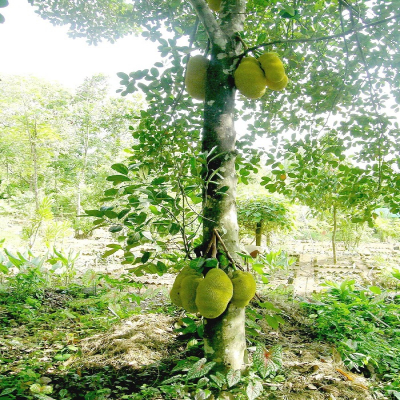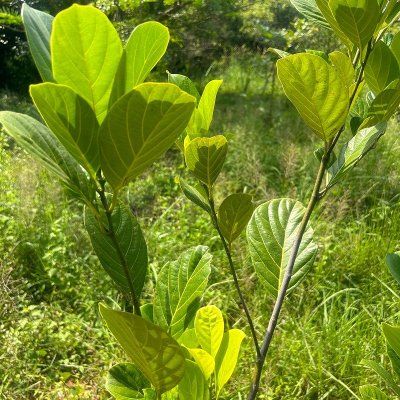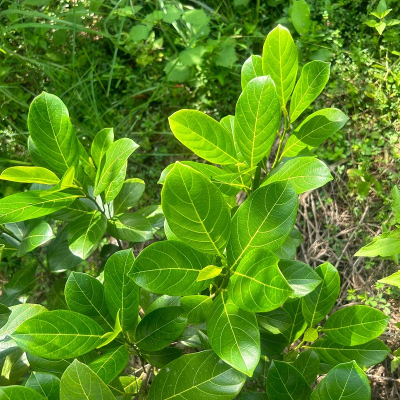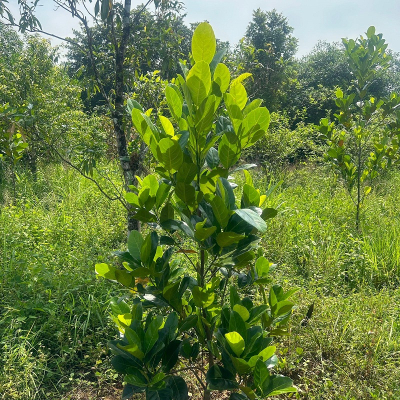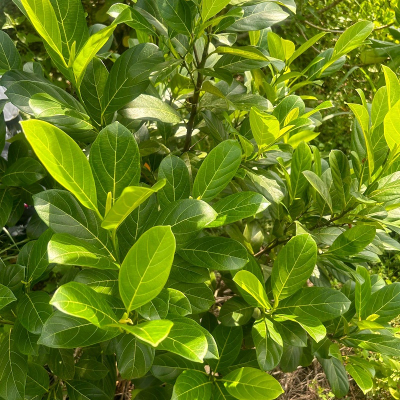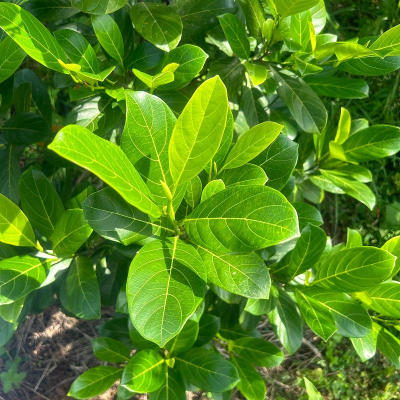Botany: A large monoecious ever green tree with 18-25 m in height
- Wood: Bark black mottled with green, rough with warty excrescences , heartwood bright yellow, sapwood pale white.
- Leaf: Simple, alternate, coriaceous, entire shiny, dark, green above, penninerved, lateral nerves 7-8 pairs, stipules sheathing, leaving a scar on falling;
- Inflorescence: Cauliforous and also from the main branches, tender heads enclosed by glabrous to puberulous, leafy scales which fall off leaving annular flange at base. Male Flowers: crowded on globose receptacle – both cauliforous.
- Fruits: Multiple large, fleshy globose or oblong, covered with tubercles, seeds oval with memberaneous testa, cotyledons unequal.
Uses:
- Seeds are sweet, diuretic, aphrodisiac and constipating.
- Unripe fruits are acrid, astringent, carminative and tonic. Ripe fruits are sweet, cooling, oleaginous, laxative, aphrodisiac and tonic
- Wood is nervine sedative. Latex is useful in diopsia, ophtalmitis and pharyngatis
- Leaves are useful in fever, boils, wounds and skin diseases.
Agro technology
Propagation: Seedlings or grafts for planting.
Harvesting: The seedlings generally bear after eight years and the grafted plants after three years of planting. The fruiting season lasts about four months from January –February to May-June. The average yield from one tree is about 50-100 fruits per year.

